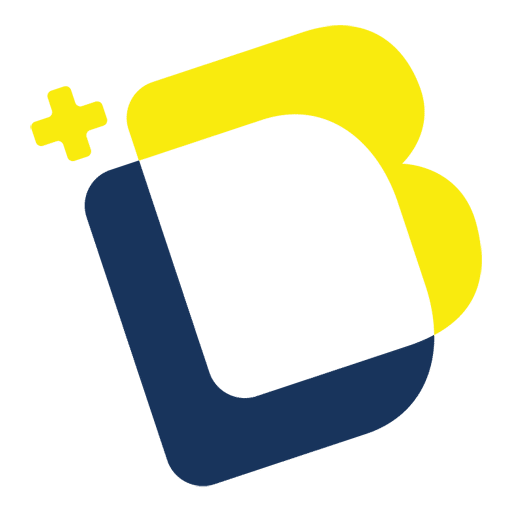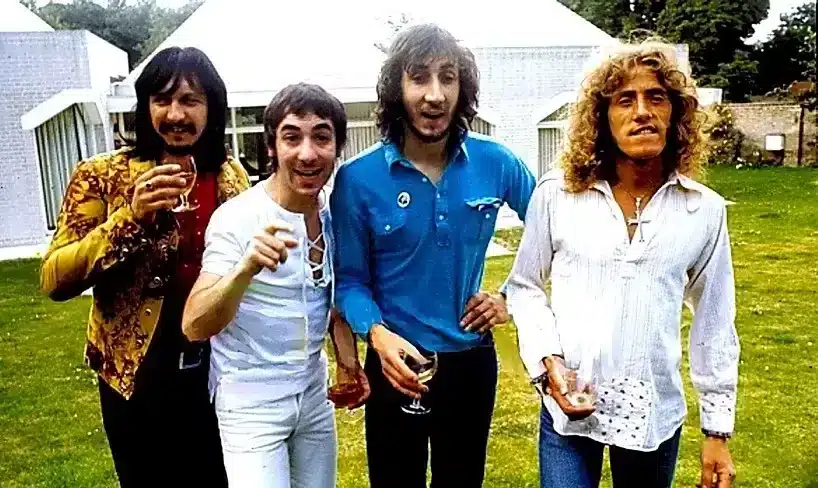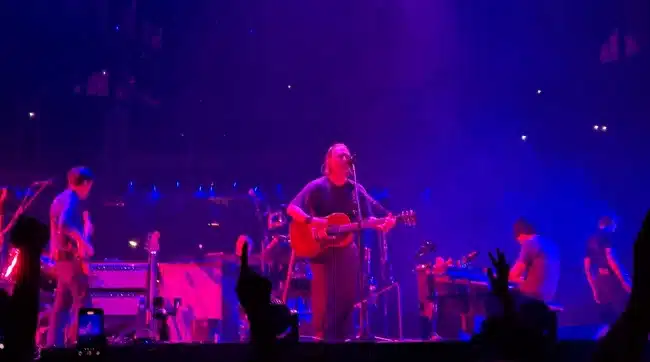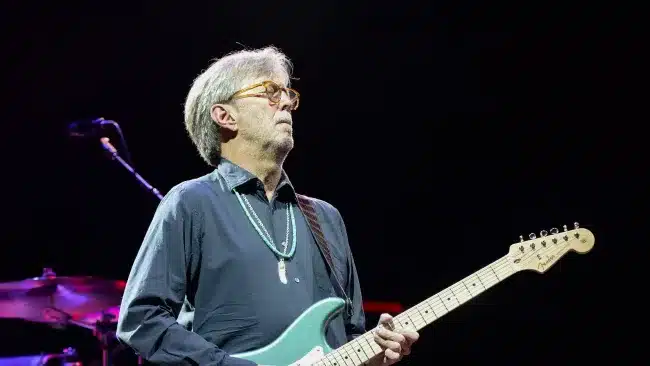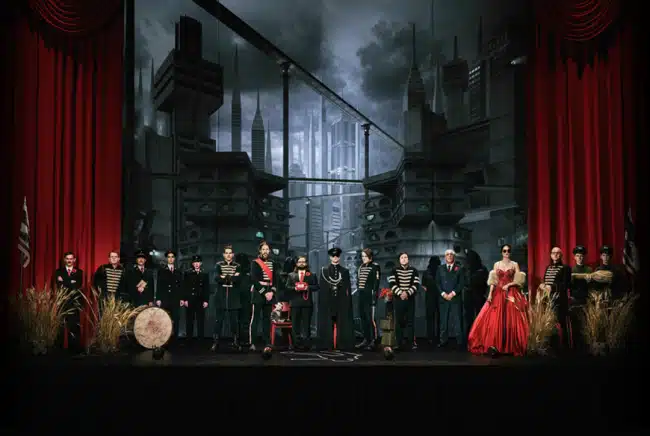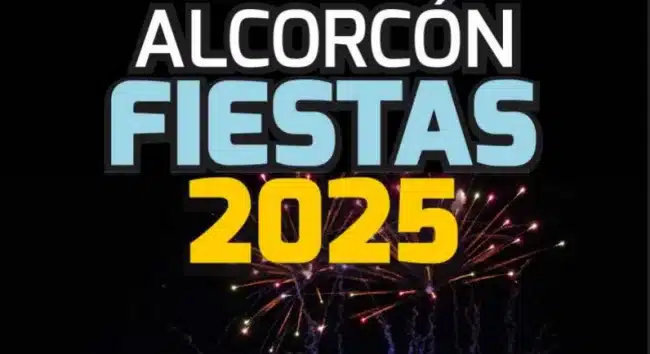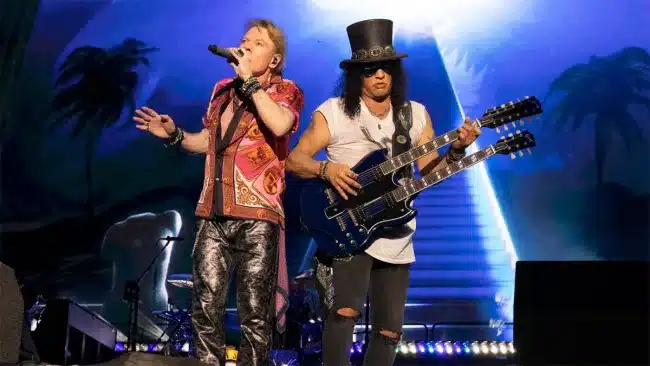The Who reedita uno de sus mejores trabajos por su cincuenta aniversario, Who’s Next.
En 1971 Pete Townshend, compositor e ideólogo de The Who, deseaba crear otra ópera rock como en trabajos precedentes, pero esta vez al estilo de 1984 de George Orwell. En aquella época el grupo se encontraba en la cima: Tommy (1969) triunfó en las listas, la gira para promocionarlo fue un éxito y su show en Woodstock —pese a que Townshend echó a patadas (literalmente) del escenario al activista Abbie Hoffman. The Who fueron punks mucho antes de que el movimiento existiera— dejó huella en los anales del rock.
El plan del guitarrista era componer música electrónica que pudiera definir las personalidades de la audiencia. Globalización tecnológica y realidad virtual incluida, mucho antes de que existiera Internet. Lifehouse nunca llegó a buen puerto. El proyecto era demasiado ambicioso, sin contar que no existían los medios necesarios para hacerlo factible. Todo ello causó gran estrés en el grupo, llevándolos al borde de la disolución. Problemas internos, pérdida de objetivos, adicciones, diferencias con su manager Kim Lambert…… No obstante, terminaría convirtiéndose en el aclamado Who’s Next.
El grueso del elepé se grabó en Olympic Studios con Glyn Johns (Led Zeppelin, Bob Dylan, The Clash) como productor. El «fracaso» de Lifehouse resultó una victoria para el combo: gracias a ello pudieron centrarse en los temas individualmente, dedicándoles el tiempo que necesitaban. Al desaparecer la presión, fluyeron con naturalidad. A The Who le bastaba con regresar a los orígenes: un disco sofisticado, directo y sin pretensiones, con un sonido pulido e innovador, que el público pudiera disfrutar, al estilo de Live at Leeds (1970).

Puede que te interesen los mejores guitarristas de rock de la historia
Los himnos de Who’s Next
La épica «Baba O’Riley» —inspirada en Meher Baba, gurú al que admiraba Townshend— es uno de los cortes más famosos de la formación: órgano Lowery fitrado por sintetizador ARP, piano, solo de guitarra, violín de Dave Arbus (East of Eden)… «Out here in the fields, I farm for my meals, I get my back into my living, I don’t need to fight…». Una obra maestra que incluso el irascible doctor House flipaba escuchándola.
«Bargain» es una canción de rock de temática espiritual. La eterna búsqueda de Dios, encontrarse en paz con uno mismo. The Who continúan experimentado con la electrónica, los teclados confirman el nuevo camino tomado por la banda.
“Love Ain’t for Keeping” resalta por su sólida base rítmica, coros, punteos de Townshend y poso acústico con cierto aroma folk. En «My Wife», compuesta e interpretada por John Entwistle, este se encarga del bajo, piano y trompeta. La letra, según cuenta la leyenda, inspirada gracias a una discusión con su esposa, ironiza sobre el desengaño amoroso. El único corte que no pertenecía a Lifehouse que fue incluido en el disco.
En la solemne «The Song Is Over», Roger Daltery ofrece una emocionante interpretación y Keith Moon adquiere el protagonismo que merece a la batería. Resulta chocante lo discreto que suena a lo largo del elepé. «Getting in Tune«, que recuerda a Elton John, parece un himno—¿o una súplica?— para sus incondicionales: «I get a little tired of having to say «Do you come here often?», but when I look in your eyes, I see the harmonies, and the heartaches soften». Solo de piano espectacular. En ambas participa Nicky Hopkins, un clásico gracias a su labor con The Rolling Stones.
«Going Mobile» es otro corte inmediato interpretado por Townshend, con una base rítmica imparable, sintetizador y riff psicodélico que poco tiene que envidiar a Jimi Hendrix. «Behind Blue Eyes», balada por excelencia de The Who, tierna y cruel al mismo tiempo, cuenta con guitarra acústica, armonías y un interludio abrasador. Hasta Limp Bizkit cayó rendido ante su magia. Cuando un tema es una genialidad…
Y, como cierre, la obra cumbre de The Who: «Won’t Get Fooled Again». Una crítica a las revoluciones que, por mucho que pretendan cambiar el sistema, terminan por resultar una farsa. «We’ll be fighting in the streets, with our children at our feet, and the morals that they worship will be gone, and the men who spurred us on…».
El ARP vuelve a llevar el peso de la canción. No olvidemos que la banda fue pionera en el uso de la electrónica, drones de propina. A diferencia de otros grupos que utilizaban los sintetizadores para enriquecer el sonido, The Who los colocaron en primer plano. Townshend buscaba el modo de evolucionar, de conducir al combo a un nivel superior. Lo consiguió. La banda sonora de Top Gun: Maverick hace buen uso de «Won’t Get Fooled Again» mientras el protagonista entrena a sus alumnos.
Aunque Daltery realiza un trabajo espectacular durante todo el álbum, en este corte brilla con intensidad. Basta con ver cualquier concierto para descubrir que «Won’t Get Fooled Again» enloquece a las masas. El poderío escénico de The Who era de otro planeta. Un nivel de energía, de compenetración sobre las tablas, de llevar al público al límite, que conoce pocos precedentes en la industria.
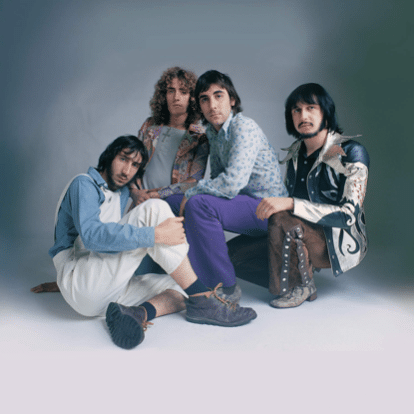
El álbum fue un éxito: número 1 (el primero de la banda) en las listas británicas y 4 en las estadounidenses. Huelga decir que la crítica se quitó el sombrero. El resto de los temas de Lifehouse irían apareciendo en diferentes elepés a lo largo de los años. Townshend jamás se ha rendido con este proyecto fallido. Es su Capilla Sixtina, la obsesión que lo persigue desde hace décadas. Buena prueba de ello es todo el material inédito incluido en el cofre de Who’s Next – Life House.
Respecto a la mítica portada de Ethan Russell, entre el homenaje y la sátira, se inspira en el monolito de 2001: Una odisea en el espacio (1968) de Stanley Kubrick. Como curiosidad: Townshend siempre la detestó, tachándola de mal gusto y que hedía a orina (sic).
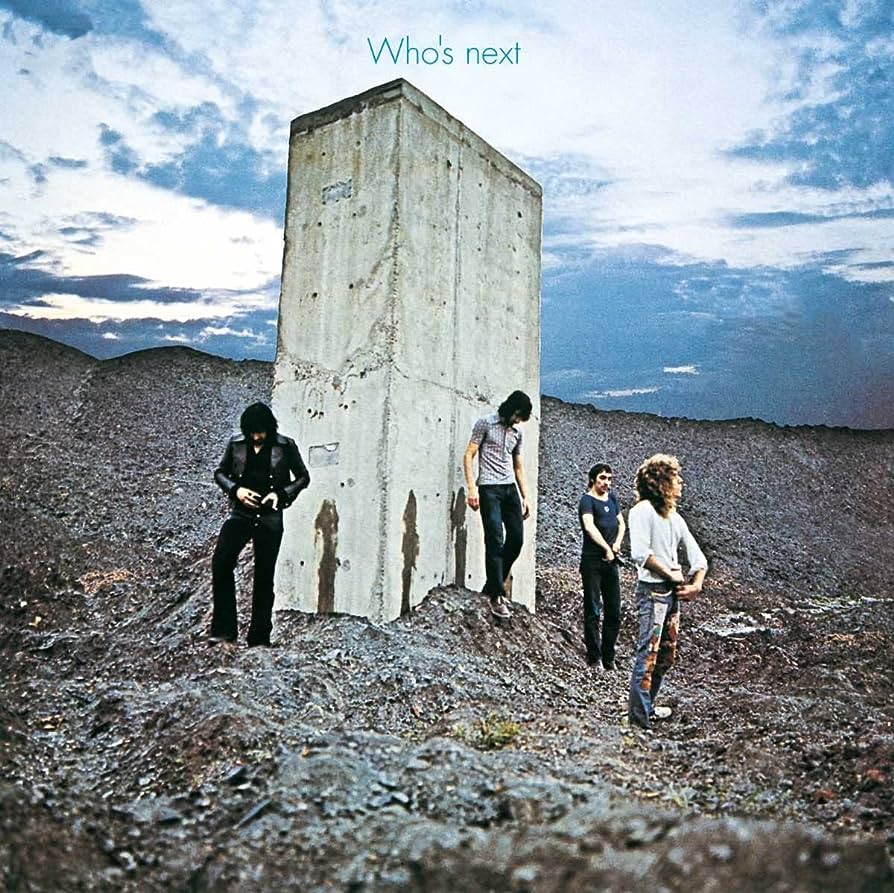
Material de Who’s Next: Life House (Superdeluxe)
Tal como han hecho con anteriores reediciones de su discografía, la edición superdeluxe de Who’s Next es fantástica: el elepé remasterizado, demos de Lifehouse, tomas alternativas, canciones inéditas, diferentes mezclas, singles, caras B, remixes, directos, una novela gráfica, un libro de tapa dura, memorabilia (póster, chapas, etcétera) … Diez cedés y un Bluray en total: perfecto para melómanos.

Ficha
Fecha lanzamiento: 15 de septiembre de 2023
Discográfica: UMC
Mejores canciones: «Won’t Get Fooled Again», “Baba O’Riley”, «Behind Blue Eyes», «Getting in Tune»
Escuchar: Spotify, Apple Music, YouTube
Comprar: Amazon
Lista de canciones
CD 1: Who’s Next (Remastered)
- «Baba O’Riley»
- «Bargain»
- «Love Ain’t for Keeping»
- «My Wife»
- «The Song Is Over»
- «Getting in Tune»
- «Going Mobile»
- «Beehind Blue Eyes»
- «Won’t Get Fooled Again»
CD 2: Pete Townshend’s Life House Demos 1970-1971- Part 1
- “Teenage Wasteland” (Pete Townshend Life House Demo)
- “Too Much” (Pete Townshend Life House Demo)
- «Going Mobile” (Pete Townshend Life House Demo)
- “There’s a Fortune in Those Hills” (Pete Townshend Life House Demo)
- “Love Ain’t for Keeping” (Pete Townshend Life House Demo)
- “Bargain” (Pete Townshend Life House Demo)
- “Greyhound Girl” (Pete Townshend Life House Demo)
- “Mary” (Alternate Mix) [Pete Townshend Life House Demo]
- “Behind Blue Eyes” (Pete Townshend Life House Demo)
- “Time Is Passing” (Pete Townshend Life House Demo)
- “Finally, Over” (Pete Townshend Life House Demo)
- “Baba O’Riley” (Original Demo)
CD 3: Pete Townshend’s Life House Demos 1970-1971 – Part 2
- “Pure and Easy” (Home Studio Mix) [Pete Townshend Life House Demo]
- “Getting in Tune” (Alternate Mix) [Pete Townshend Life House Demo]
- “Nothing Is Everything” (Let’s See Action) [Pete Townshend Life House Demo]
- “Won’t Get Fooled Again” (Pete Townshend Life House Demo)
- “Baba O’Riley” (Pete Townshend Life House Demo)
- “Song Is Over” (2021 Remix) [Pete Townshend Life House Demo]
- “Pure and Easy” (Olympic Studios Mix) [Pete Townshend Life House Demo]
- “Mary” (Original Mix) [Pete Townshend Life House Demo]
- “Baba O’Riley” (First Editing Demo)
- “Song Is Over” (Original Demo)
CD 4: Record Plant, NYC Sessions March 1971
- “Don’t Do It” (Aka Baby Don’t You Do It) [Record Plant, NYC Sessions] (Take 2, Unedited, March 16, 1971)
- “Won’t Get Fooled Again” (Record Plant, NYC Sessions) [Take 13, March 16, 1971]
- “Behind Blue Eyes” (Record Plant, NYC Sessions – Version 1) [Take 15, March 16, 1971]
- “Love Ain’t for Keeping” (Record Plant, NYC Sessions) [Take 14, March 17, 1971]
- “The Note” (Aka Pure and Easy) [Record Plant, NYC Sessions] (Take 21, March 17, 1971)
- “I’m in Tune” (Aka Getting in Tune) [Record Plant, NYC Sessions] (Take 6, March 18, 1971)
- “Behind Blue Eyes” (Record Plant, NYC Sessions – Version 2) [Take 10, March 18, 1971)
CD 5: Olympic Sound Studios, London Sessions 1970-1972
- “Pure and Easy” (Olympic Sound Studios)
- “I Don’t Know Myself” (B-Side with Unreleased Count-In) [Olympic Sound Studios]
- “Time Is Passing” (Stereo Mix) [Olympic Sound Studios]
- “Too Much of Anything” (Original 1971 Vocal) [Olympic Sound Studios]
- «Naked Eye” (1971 Remake) [Olympic Sound Studios]
- “Bargain” (Early Mix) [Olympic Sound Studios]
- “Love Ain’t for Keeping” (Unedited Mix) [Olympic Sound Studios]
- “My Wife” (Unedited Mix) [Olympic Sound Studios]
- “Getting in Tune” (Take 1 with Jam) [Olympic Sound Studios]
- “Going Mobile” (Alternate Mix) [Olympic Sound Studios]
- “Song Is Over” (Backing Track) [With Nicky Hopkins] (Olypmic Sound Studios)
- “When I Was a Boy” (Olypmic Sound Studios)
- “Let’s See Action” (Unedited Mix) [Olypmic Sound Studios]
- “Relay” (Unedited Mix) [Olypmic Sound Studios]
- “Put the Money Down” (Remix with Original Vocal) [Olypmic Sound Studios]
- “Join Together” (Unedited Remix) [Olypmic Sound Studios]
CD 6: Singles & Sessions 1970-72
- “The Seeker” (Original Single Mix)
- “Here for More” (Original Single Mix)
- “Heaven and Hell” (New Stereo Mix)
- «Water” (Eel Pie Sound Studio – New Unedited Mix)
- “I Don’t Know Myself Water” (Eel Pie Sound Studio – New Unedited Mix)
- “Naked Eye” (Eel Pie Sound Studio – New Unedited Mix)
- “Postcard” (Eel Pie Sound Studio – Original 1970 Mix)
- “Now I’m a Farmer” (Eel Pie Sound Studio – New Remix)
- “The Seeker” (Unedited Version)
- “Water” (Ibc Version)
- “I Don’t Know Myself” (Ibc Version)
- “Let’s See Action” (Original Single Mix)
- “When I Was a Boy” (Original Single Mix)
- “Join Together” (Original Single Mix)
- “Relay” (Original Single Mix)
- “Waspman” (Original Single Mix)
- “Long Live Rock” (Original Single Mix)
CD 7: Live At The Young Vic, London – April 26, 1971 – Part 1
- “Love Ain’t for Keeping” (Live at the Young Vic, London – April 26, 1971)
- “Pure and Easy” (Live at the Young Vic, London – April 26, 1971)
- “Young Man Blues” (Live at the Young Vic, London – April 26, 1971)
- “Time Is Passing” (Live at the Young Vic, London – April 26, 1971)
- “Behind Blue Eyes” (Live at the Young Vic, London – April 26, 1971)
- “I Don’t Even Know Myself” (Live at the Young Vic, London – April 26, 1971)
- “Too Much of Anything” (Live at the Young Vic, London – April 26, 1971)
- “Getting in Tune” (Live at the Young Vic, London – April 26, 1971)
- “Bargain” (Live at the Young Vic, London – April 26, 1971)
CD 8: Live At The Young Vic, London – April 26, 1971 – Part 2
- “Pinball Wizard” (Live at the Young Vic, London – April 26, 1971)
- “See Me Feel Me” (Live at the Young Vic, London – April 26, 1971)
- “Baby Don’t Do It” (Live at the Young Vic, London – April 26, 1971)
- “Water” (Live at the Young Vic, London – April 26, 1971)
- “My Generation” (Live at the Young Vic, London – April 26, 1971)
- “I’m a (Road Runner)” [Live at the Young Vic, London – April 26, 1971]
- “Naked Eye” (Live at the Young Vic, London – April 26, 1971)
- “Bony Moronie” (Live at the Young Vic, London – April 26, 1971)
- “Won’t Get Fooled Again” (Live at the Young Vic, London – April 26, 1971)
CD 9: Live At The The Civic Auditorium, San Francisco, December 12, 1971 – Part 1
- “Introduction” (Live at the Civic Auditorium, San Francisco – December 12, 1971)
- “I Can’t Explain” (Live at the Civic Auditorium, San Francisco – December 12, 1971)
- “Substitute” (Live at the Civic Auditorium, San Francisco – December 12, 1971)
- «Summertime Blues” (Live at the Civic Auditorium, San Francisco – December 12, 1971)
- “My Wife” (Live at the Civic Auditorium, San Francisco – December 12, 1971)
- “Baba O’Riley” (Live at the Civic Auditorium, San Francisco – December 12, 1971)
- “Behind Blue Eyes” (Live at the Civic Auditorium, San Francisco – December 12, 1971)
- “Bargain” (Live at the Civic Auditorium, San Francisco – December 12, 1971)
- “Won’t Get Fooled Again” (Live at the Civic Auditorium, San Francisco – December 12, 1971)
- “Baby Don’t Do It” (Live at the Civic Auditorium, San Francisco – December 12, 1971)
- “Magic Bus” (Live at the Civic Auditorium, San Francisco – December 12, 1971)
CD 10: Live At The The Civic Auditorium, San Francisco, December 12, 1971 – Part 2
- “Introduction to Tommy” (Live at the Civic Auditorium, San Francisco – December 12, 1971)
- “Overture” (Live at the Civic Auditorium, San Francisco – December 12, 1971)
- “Amazing Journey” (Live at the Civic Auditorium, San Francisco – December 12, 1971)
- “Sparks” (Live at the Civic Auditorium, San Francisco – December 12, 1971)
- “Pinball Wizard” (Live at the Civic Auditorium, San Francisco – December 12, 1971)
- “See Me Feel Me” (Live at the Civic Auditorium, San Francisco – December 12, 1971)
- “My Generation” (Live at the Civic Auditorium, San Francisco – December 12, 1971)
- “Naked Eye” (Live at the Civic Auditorium, San Francisco – December 12, 1971)
- “Going Down” (Live at the Civic Auditorium, San Francisco – December 12, 1971)
Bluray
- “Baba O’Riley”
- “Bargain”
- “Love Ain’t for Keeping”
- “My Wife”
- “The Song Is Over”
- “Getting in Tune”
- “Going Mobile”
- “Behind Blue Eyes”
- “Won’t Get Fooled Again”
- “The Seeker” (Unedited Version)
- “Here for More”
- “Now I’m a Farmer”
- “I Don’t Know Myself” (Eel Pie Sound Version)
- “Water” (Ibc Version)
- “Naked Eye” (Olympic Sound Version)
- “Pure and Easy”
- “Too Much of Anything”
- “Let’s See Action”
- “When I Was a Boy”
- “Join Together” (Unedited Version)
- “Put the Money Down”
- “Relay” (Unedited Version)
- “Long Live Rock”

